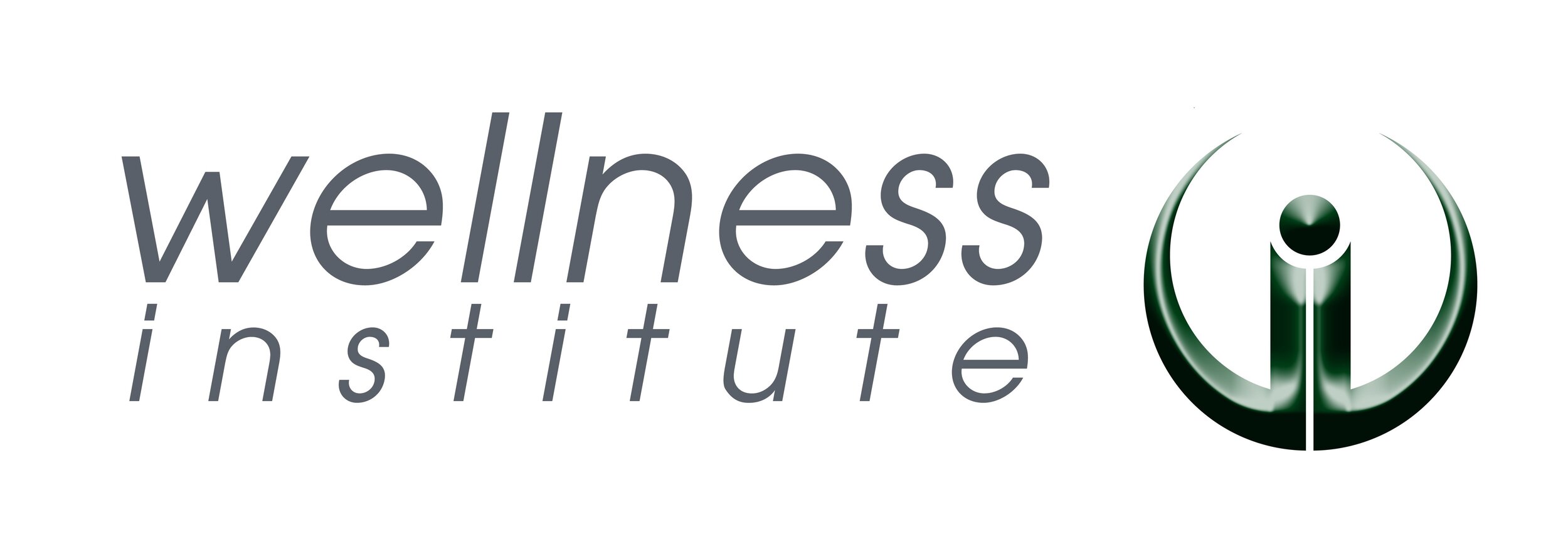Cupping therapy involves creating a suction force to pull circulation into the skin and restricted tissue. Cupping is a traditional Oriental medicine therapy dating back at least 2,000 years. It is included in one of the oldest medical textbooks in the world, the Ebers Papyrus, and describes how the ancient Egyptians used cupping therapy in 1,550 B.C. Although there are different types of cupping Western Medicine utilizes the static suction and movement cupping (gliding the cup across tissue whilst maintaining the suction). The therapeutic mechanism of cupping therapy is not clearly understood but research suggests that placement of cups on selected acupoints on the skin produces hyperemia (increase of blood flow to tissue), or hemostasis (to keep blood within a damaged blood vessel which is the first stage of wound healing).
Cupping is used to decrease adhesion after an injury and improve blood flow to the area accelerating healing. The cupping tool allows removal of oxygen affecting tissue below the cup creating a vacuum type seal. It may leave marks on the skin—appearing similar to a bruise—but it is normally not painful and temporary. Most of the research completed on cupping is low quality.
Cupping may ease symptoms of:
· Arthritis, including rheumatoid arthritis.
· Back pain, neck pain, knee pain and shoulder pain.
· Breathing problems, such as asthma.
· Carpal tunnel syndrome.
· Headaches and migraines.


